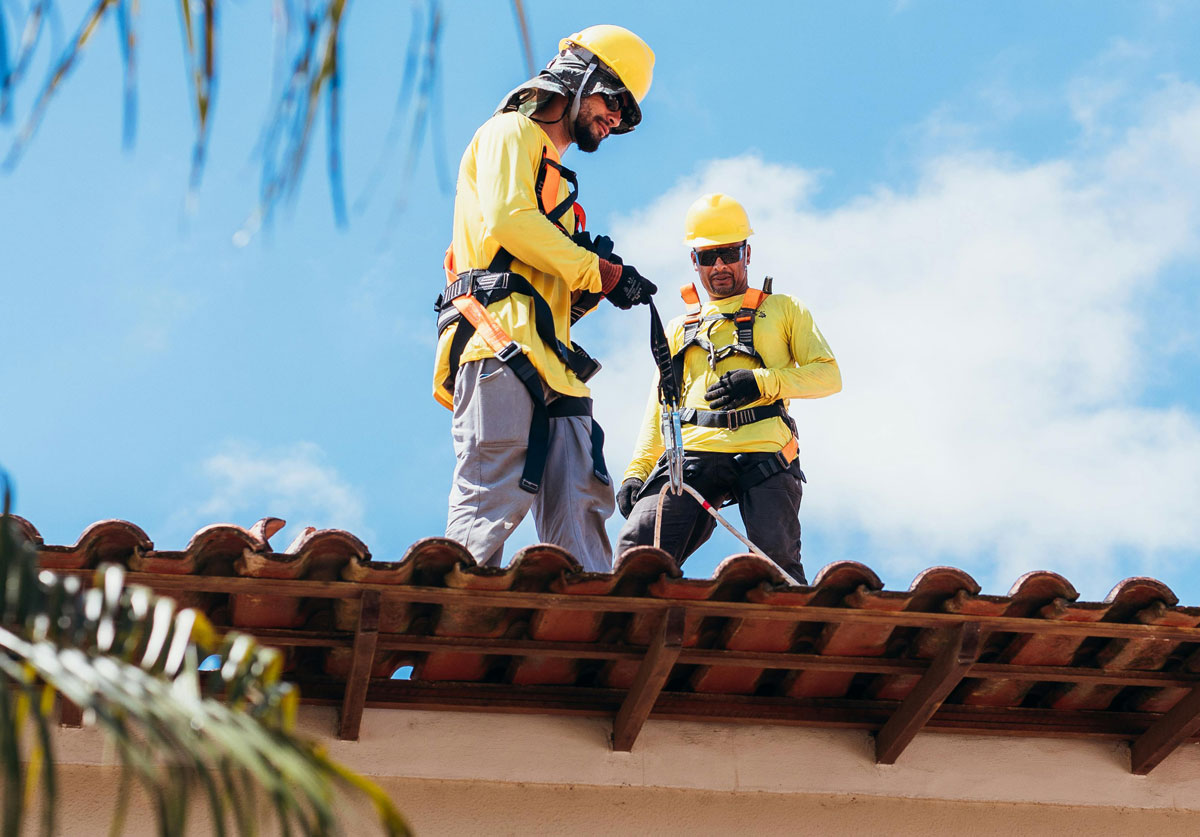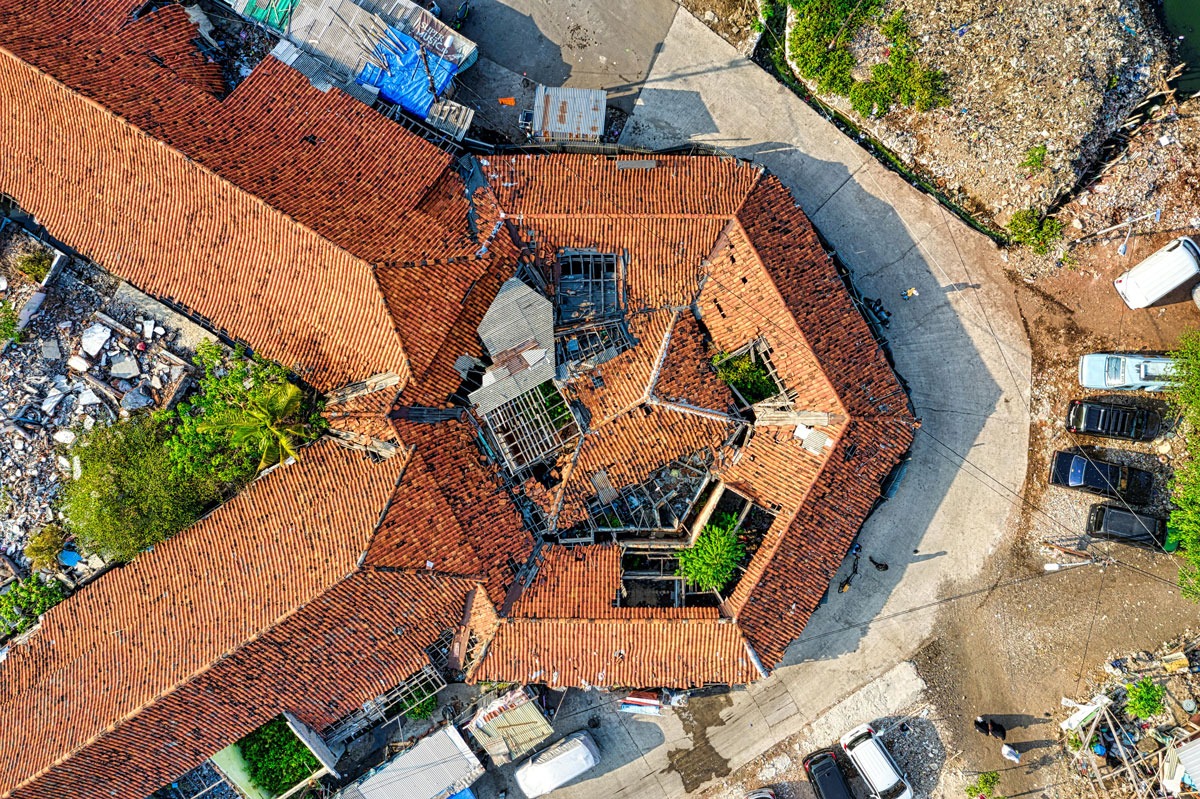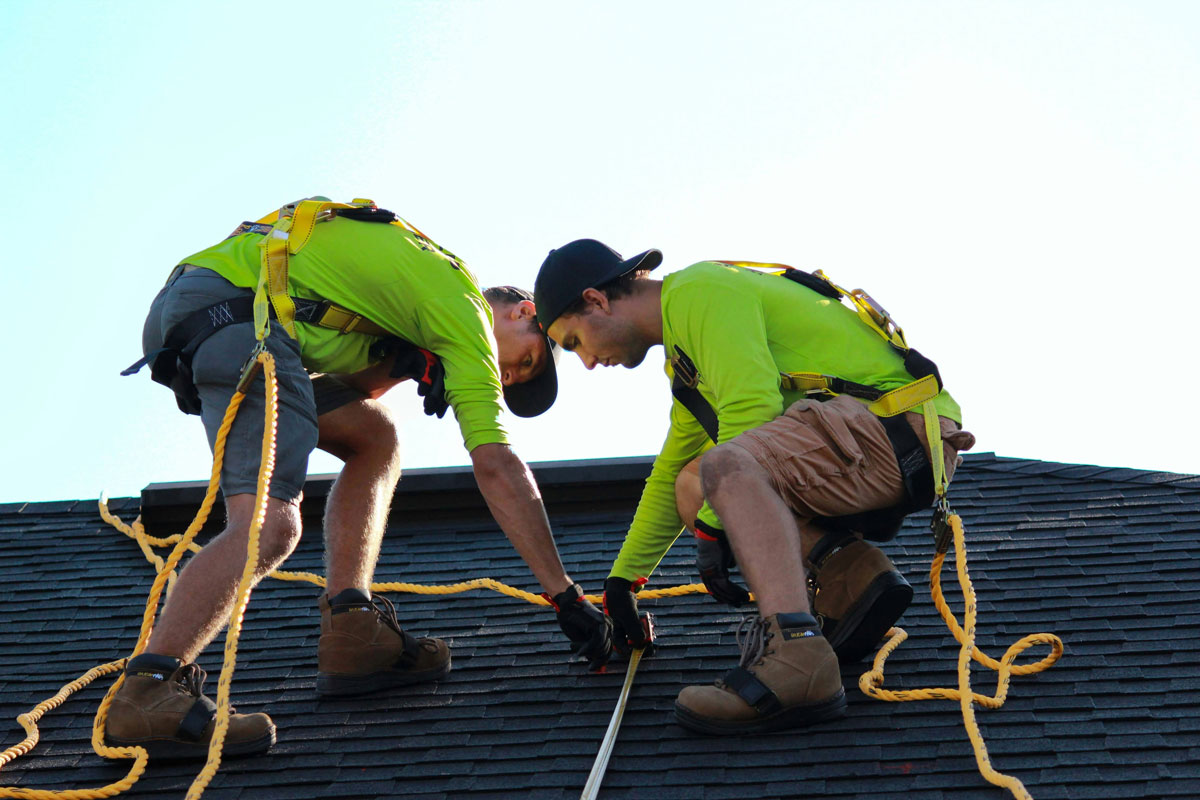Key Takeaways
- Fall is the ideal time for roof maintenance to address minor issues before winter, preventing costly damage.
- Professional roof inspections by roofing services can identify and fix problems early.
- Cleaning gutters regularly is essential to prevent blockages, water buildup, and ice dams that can damage both the roof and your home’s foundation.
- Trimming overhanging branches near your roof reduces the risk of falling debris and branch damage during fall storms or heavy winds.
- Consider roof replacement if your roof shows significant wear—upgrading before winter ensures better insulation, fewer leaks, and enhanced energy efficiency.
The arrival of fall can significantly impact the health of your roof, often in ways that go unnoticed until it’s too late. How can proactive roof repair protect your home for the colder months ahead? Start by understanding what to watch for when fall weather takes a toll on your Illinois roof.
How Fall Weather Affects Your Roof
In Illinois, fall weather is known for its unpredictability. One day, you’re enjoying sunny skies, and the next, you’re dealing with heavy winds and rain. These fluctuations can stress your roof, leading to potential damage if not properly maintained. Let’s take a closer look at the common issues you might encounter as the weather cools down.
1. Falling Leaves and Debris Accumulation
One of the most iconic signs of fall is the shedding of leaves from trees. While beautiful, these leaves can cause trouble if they accumulate on your roof or in your gutters.
Leaves and debris can clog your gutters, preventing proper drainage and leading to water pooling on your roof. Over time, this can cause water damage, weaken roofing materials, and increase the likelihood of leaks.
2. Increased Rain and Moisture
Fall is typically a wet season in Illinois, with frequent rainstorms that can put your roof’s waterproofing to the test. If your roof isn’t in top condition, even minor damage can allow water to seep in.
Leaks may start small but can escalate quickly, leading to mold, wood rot, and structural damage. This is where professional roofing services come in handy—they can identify and repair small issues before they become costly problems.
3. Temperature Fluctuations and Roof Expansion
Fall weather often brings warm days and chilly nights. These rapid temperature changes can cause your roofing materials to expand and contract, leading to cracks or warping.
Over time, this weakens the integrity of your roof and increases the likelihood of leaks or shingle damage. It’s a good idea to have your roof inspected by roof replacement companies or roofing services to ensure it’s ready for the changing seasons.
4. Wind Damage
Fall winds can be strong and unpredictable in Illinois, and they have the potential to damage your roof in several ways. High winds can lift shingles, loosen flashing, or even dislodge parts of your roof entirely. Wind damage often goes unnoticed until a leak occurs, making it important to inspect your roof after a particularly windy day.
5. Blocked Gutters and Ice Dams
As the season progresses, the combination of falling leaves, rainfall, and freezing temperatures can create the perfect conditions for ice dams. Ice dams form when water freezes at the edge of your roof, preventing proper drainage.
This can cause water to back up under the shingles, leading to leaks and damage. Cleaning your gutters regularly and ensuring proper insulation can help prevent ice dams from forming.
How to Protect Your Roof and Home This Fall
The fall season is the perfect time to take a proactive approach to roof maintenance. Addressing minor issues now can save you from major headaches when winter arrives. Here are some steps you can take to protect your roof during the fall:
1. Schedule a Professional Roof Inspection
One of the most effective ways to protect your roof during the fall is to schedule a professional roof inspection. While you might be able to spot obvious damage from the ground, a trained roofer can catch small, less visible issues that can turn into major problems as temperatures drop. Roofing services professionals will check for damaged or missing shingles, leaks, and areas where water might pool.
2. Clean Your Gutters
Gutters play a critical role in directing water away from your roof and foundation, but they can easily become clogged with leaves and debris during the fall. A blocked gutter can lead to water backup, which may cause water to pool on your roof or leak into your home.
Additionally, if temperatures dip below freezing, trapped water can create ice dams, causing even more damage. Make sure your gutters are cleaned regularly throughout the fall season to ensure proper drainage. If you're not comfortable cleaning gutters yourself, many roofing services offer this as part of their maintenance packages.
3. Trim Overhanging Branches
Overhanging branches can pose a serious threat to your roof, especially during fall storms or high winds. Falling branches can damage shingles, gutters, and even puncture the roof itself. In some cases, heavy branches can break off under the weight of ice or snow and cause extensive damage.
4. Check for Signs of Damage
After a heavy rainstorm or a particularly windy day, it’s always a good idea to give your roof a quick inspection. Look for obvious signs of damage, such as missing or curled shingles, loose gutters, or cracked flashing around chimneys and vents. Pay attention to any signs of moisture inside your home as well, such as water stains on ceilings or walls, which could indicate a leak.
5. Consider Roof Replacement If Necessary
If your roof is older, worn out, or has suffered significant damage, it may be time to consider a full roof replacement before winter. Fall is one of the best times for roof replacement services because the mild weather makes installation easier and more efficient.
Secure Your Roof for Fall with Advanced Roofing Inc.
Don’t wait for winter to reveal hidden roof issues. Whether you need a professional roof inspection, roof replacement services, or window replacement, Advanced Roofing Inc. is here to help.
Our experienced team offers top-tier roofing services that will keep your home protected and comfortable all season long. Contact us today for a free consultation and make sure your roof and home are ready for the fall and winter ahead!







